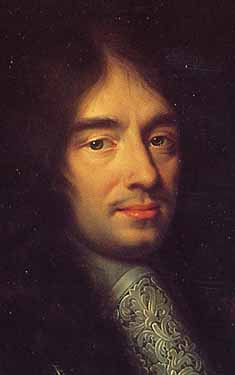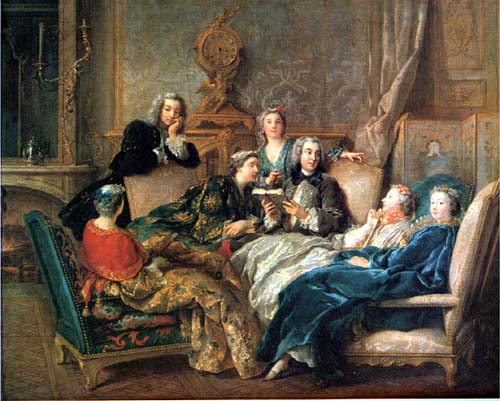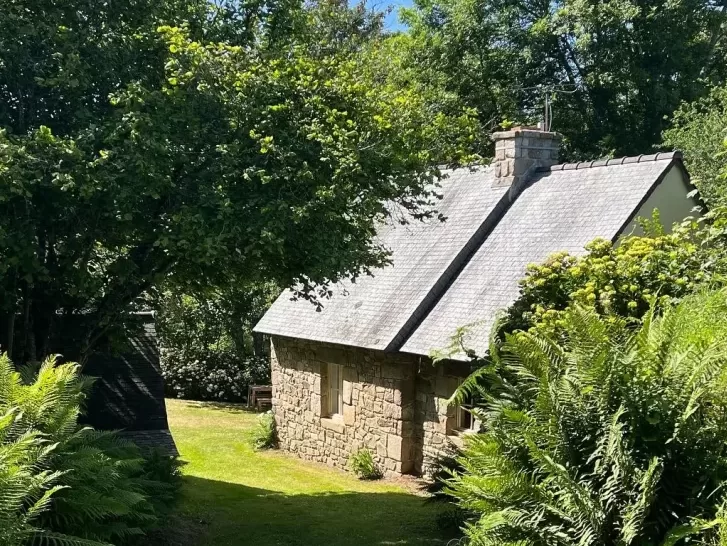Can you guess the secret true story of French fairy tales?
 When I was living in the Loire Valley some years ago, we used to take visitors to the Château d’Ussé, which was said to be the inspiration for Charles Perrault’s (1628-1703) ‘La Belle au bois dormant’ (‘Sleeping Beauty’).
When I was living in the Loire Valley some years ago, we used to take visitors to the Château d’Ussé, which was said to be the inspiration for Charles Perrault’s (1628-1703) ‘La Belle au bois dormant’ (‘Sleeping Beauty’).
Nowadays, a visit to this French château includes an installation of the famous fairy tale, complete with waxwork figures resplendent in Renaissance style costumes.
Although this famed tale is credited to un homme, it’s a little known fact that most of the original fairy tales were written by women. And, there’s actually a lot more to these stories than just fairy dust, enduring romance and glass slippers…
It’s ladies first in France (again…)
The woman who really ought to get credit for creating the whole genre of fairy tales – coining the term le conte des fées itself – was Marie-Catherine Le Jumel de Barneville, Baroness d’Aulnoy (1650/51–1705).
D’Aulnoy’s celebrated salon was the place to be for intellectuals and the nobility in 1690s Paris. Perhaps this was because the tales she told at her salon were definitely not for the ears of children! Her ‘Cunning Cinders’ (‘Finette Cendron’) involved all the usual elements: a magical godmother, some pretty awful sisters, excessive cleaning, a forgotten slipper (though red velvet), and of course a prince.
But her version of the tale also a included a much more active Cinders, who pursued strategic opportunities – natural or supernatural – where she found them. Disney princesses, take note!
Sparkling satire: French salon-style
So what then were D’Aulnoy’s works all about? These were satires about the royal court of France, with a fair bit of commentary on the way society operated for women (or didn’t) at the time.
Salons in Paris were where the intellectual crowd could escape the rigour of etiquette and restrictions on thought and speech that existed in the controlling court of Louis XIV at Versailles. Here, they could share new ideas about science and the arts and debate just how France ought to be governed. But they had to do so carefully.
These short stories, blending folklore, current events, popular plays, contemporary novels and time-honoured tales of romance, became the perfect vehicle to present subversive ideas. These ideas subtly highlighted both how it was and how it might be, with the claim of fiction to protect their authors.
So how did fairy tales move from high political commentary to children’s stories?
To the French farmyard with Mother Goose

So he wrote ‘Tales of my Mother Goose, or Stories of Long Ago’ (‘Contes de ma mère l’Oye, ou Histoires du temps passé’) which was published in 1697 and was a smash hit in its day.
Thus, from the fireside sewing circle to the glittering talents of the salon, we arrive at today’s odd mixture of talking animals, supernatural kin, magical creatures, women inflicting terrible emotional trauma on their step-children, chivalric princes, and girls with impossibly long hair, ultra-white skin or over-sensitivity to peas.
Drawing on everything from the Baroque courts of France to farmyard tales, what on earth do children take from these stories today?
What did you know about French fairy tales? Did you have a favourite fairy tale as a child, or were you as confused as me as to what they really were all about? What were they? Share your comments (and stories!) with us below, we’d love to hear from you!
Image credits:1. Château d’Ussé, by LonganimE, 2005, via Wikipedia.
2. Eighteenth-century engraving of Marie-Catherine Le Jumel de Barneville, Baroness d’Aulnoy, by Sir Gawain, 2011, via Wikipedia.
3. Jean François de Troy, ‘Reading from Molière’, c.1728, Oil on canvas, 72.4 x 90.8 cm; Collection late Marchioness of Cholmondeley, Houghton, by Wetman, 2005, via Wikipedia.
4. Detail of a portrait of Charles Perrault by Philippe Lallemand, c. 1671-2, by Searobin, 2005, via Wikipedia.








